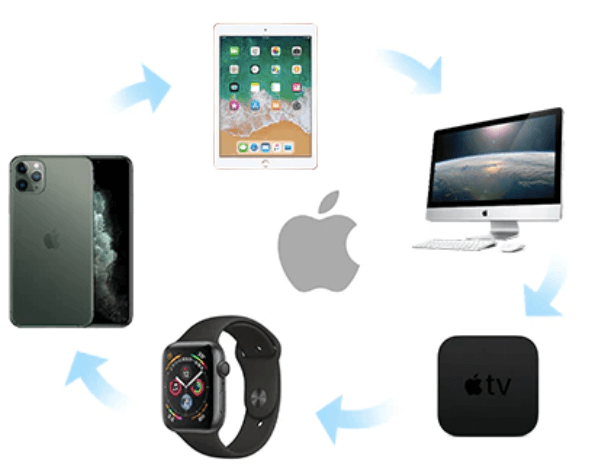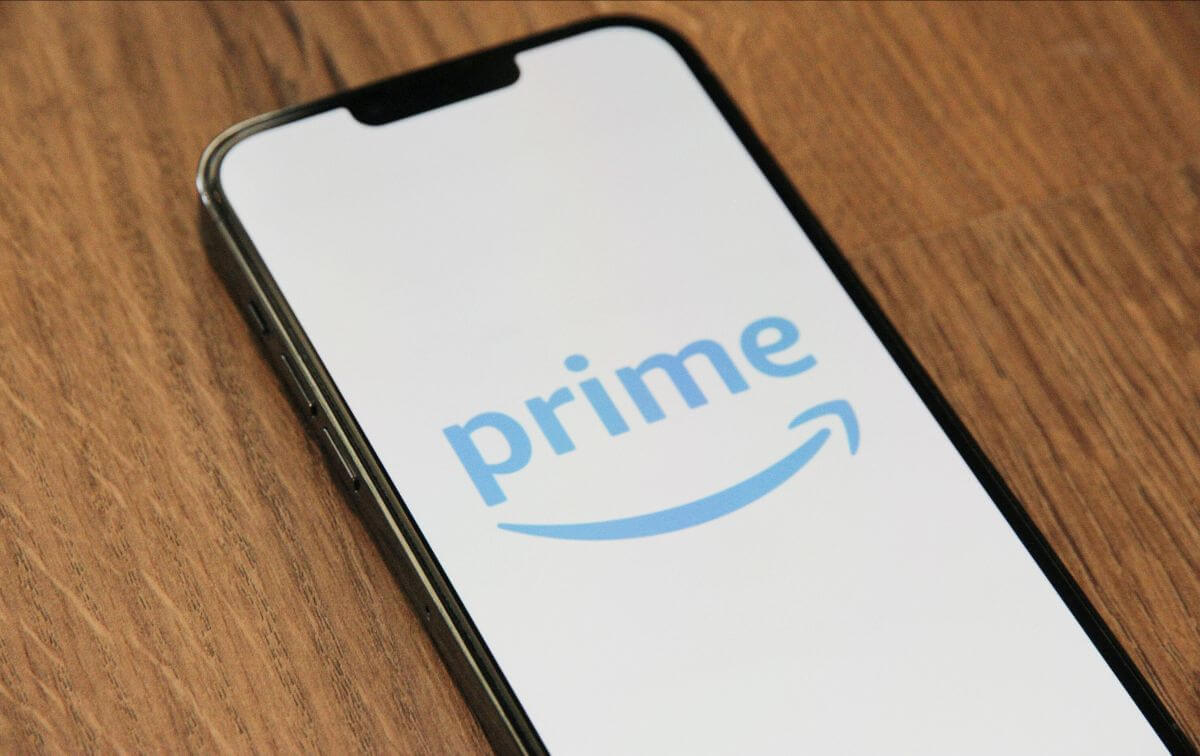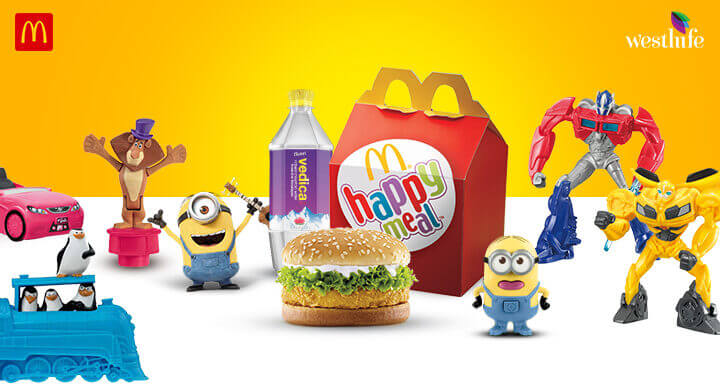The classic definition of Brand Loyalty is “the tendency for customers to favour one brand, consistently, above its competitors.”
Brand loyalty has always been a valuable asset. But in recent times increased competitive clutter and decreased attention spans have made it an elusive currency.
In this article, we list three of our favourite global brands that have overcome these constraints in interesting ways to foster a sense of loyalty.
The 3 examples below are a great reminder of how combining strategic thinking with impeccable execution can help you own your consumer.
Apple
“Ecosystem” is a much-misused term in the marketing circle.
Building an ‘ecosystem’- i.e., seamless and intuitive integration across multiple products and services- is every brand’s dream because it creates formidable switching barriers giving the brand a real competitive advantage. That’s why a brand with a successful ecosystem strategy is said to provide a ‘walled-garden’ experience. However, the reality is that building an ecosystem is much easier said than done and very few brands have succeeded globally.
An excellent example of a brand that has truly built an ecosystem is Apple.
Apple designs and sells experiences that are brought to life by the portfolio of its hardware devices and software services. Every product and service Apple makes, whether it be iPhones, Watches, iTunes, Apple TV or Mac are all carefully designed to integrate with each other.
Apple is able to create this ecosystem because it does not design around a single device. Rather, it designs products around the ecosystem. This ecosystem has become Apple’s biggest moat, which other brands find extremely difficult to recreate.¹

Amazon
The idea of using subscriptions to foster loyalty isn’t new. Magazines, newspaper, daily staples, cable-TV channels, Telecom services etc. have been using it for years. However, an online e-commerce player offering a subscription plan is unique.
Amazon Prime Subscription program is a sterling example of how out-of-the-box thinking can help to build Paid Subscriptions as a retention driver.
Launched in 2005 in US, the idea of Prime Membership came as a suggestion in an ‘idea-box’ at Amazon and had its own share of sceptics who felt that offering ‘2-day guaranteed delivery’ for 79 USD a year would be business hara-kiri as the company would never be able to recover the cost from those buying the subscription. However, Jeff Bezos was fairly convinced. He believed that if Amazon continues delivering on 3 core values of platforms- ‘faster, cheaper and easier’, there is no reason why this program won’t make money.
And he was proven right.
Within a few years of its launch, Prime Membership proved instrumental in changing consumer behaviour and building strong switching barriers. As Robbie Schweitzer, VP of Amazon Prime remarked during the early years of the program:
“Once you become a Prime member, your human nature takes over. You want to leverage your $79 as much as possible. Not only do you buy more, but you buy in a broader set of categories. You discover all the selections we have, that you otherwise wouldn’t have thought to look to Amazon for.”
By the end of 2021, the Amazon Prime Membership program was spread over 22 countries and had over 200 million subscribers. Further, Amazon clocked a global sale of $11.79 billion on the 2021 Prime-Day Sales event and registered a USD 25.21bn revenue from retail subscription fees for Prime Program alone!²
A rather non-intuitive strategy that has immensely contributed to the success of the Prime Membership Program is Amazon’s entry into VOD (Video on Demand) through Prime Video in 2013. And if we go by numbers, Amazon has taken this fairly seriously. According to its latest annual report, the media and e-commerce giant spent USD 16.6 billion on TV shows, movies, and music content in 2022. This marks an increase of around 28 per cent compared to the previous year.³

But why will an online e-commerce platform get into the business of entertainment that demands a completely different set of capabilities? Won’t it dilute its focus on the core business? Where is the synergy?
The reach and penetration of entertainment is much more than e-commerce. Hence, by bundling VOD subscriptions and Prime Membership, Amazon could reach new customers and drive both trials and retention for its e-commerce platform. Prime Video has been instrumental to the growth of Prime Membership particularly in countries beyond developed markets.
For instance, consider the case of India. Prime Membership + Prime Video was launched as a bundled subscription in India in 2016. On the back of well-curated regional and global content, Prime Video ranks among the top-performing platforms.
Interestingly as per a report in 2020, ~30% of the users in India brought prime membership for videos instead of e-commerce- validating Amazon’s bet that consumers might first come for entertainment but will eventually end up buying from Amazon.
As Jeff Bezos famously remarked:
“Amazon is the first company to use a Golden Globe to sell toilet paper.”

McDonald's
McDonald’s Happy Meal for kids is a good example of a program that builds repeat and retention by appealing to a target segment that’s different from the purchase decision maker.
Started in 1979, the Happy Meal is a meal specifically packed for kids, usually in a red cardboard box with a smiley face on it, and a toy inside it. The toys are refreshed periodically and are usually part of an overall marketing campaign tie-in with an existing TV series or film. The program works via pester power- as kids pester their parents to take them to McDonald’s to eat happy meals in the hope of getting the latest topical toys.
The happy meal typically accounts for ~15% of overall McDonald’s sales. In addition, often parents too end up eating their meals at McDonald’s, resulting in incremental sales.

The long-standing charm of this program is reflected in the fact that McDonald’s has even played on the nostalgia of its happy meal toys- launching limited edition adult happy meals in the U.S. for older consumers. Some of these toys have become collectable items and kicked off a bidding war listing on resale sites for as high as $3,00,000!⁴
So, these are some of our favourite examples of brands that demand customer loyalty in their own unique ways. What are your favourite examples? Do let us know in the comments below.
Sources:
- https://techjourneyman.com/blog/apple-ecosystem-explained/
- https://www.subscrybe.dk/wp-content/uploads/2017/08/Strategy-Report-Amazon-Prime-August-2017.pdf
- https://backlinko.com/amazon-prime-users
- https://www.cnbc.com/2022/10/19/mcdonalds-collectible-adult-happy-meal-toys-are-selling-for-thousands.html
